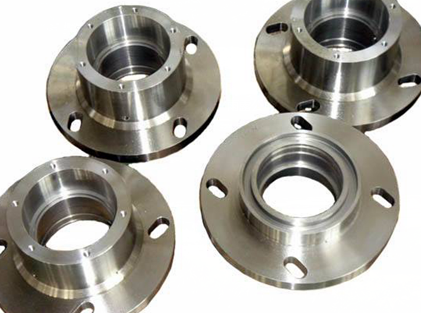CNC milling tool maintenance
Taking proper care of your tools will extend their life. It is particularly important to ensure dust doesn’t build up on the teeth and flutes, as these eventually cause edge buildup while you are cutting. Dust particles stuck to a mill create an ideal surface for more particles to adhere to.
Fine dust can be removed using acetone, turpentine, or methylated spirit. Natural resin makes wood chips sticky, and these are easiest to remove using resin remover for chainsaws and hedge trimmers. Wood resin gets really hard if left to set and can create really stubborn edge buildup or flute clogging if you do not remove it immediately.
Industrial cutting tools are designed to be reground or their cutting edges re- placed, whereas hobby-grade cutting tools are usually disposable. It is virtually impossible to sharpen the teeth of a conventional end mill without significantly altering its geometry.
Always check your tools before you start a job and dispose of any worn or dam- aged ones. Certain types of damage are often caused by incorrect usage:
If teeth or other parts of a mill are discolored yellow or blue, this is a sign that the tool has been allowed to overheat. Too much heat in hard metals causes them to soften, which reduces their efficiency and causes them to wear out much faster than they otherwise would.
If the edges of a cutter blunt more quickly than you expect, you are probably using cutting speeds or feed rates that are too low, or it may simply be an indication of a poor-quality tool. Aside from manufacturing defects, broken teeth are a sign that the spindle speed is too low, or that the tool has been plunged too deeply into the work- piece.
